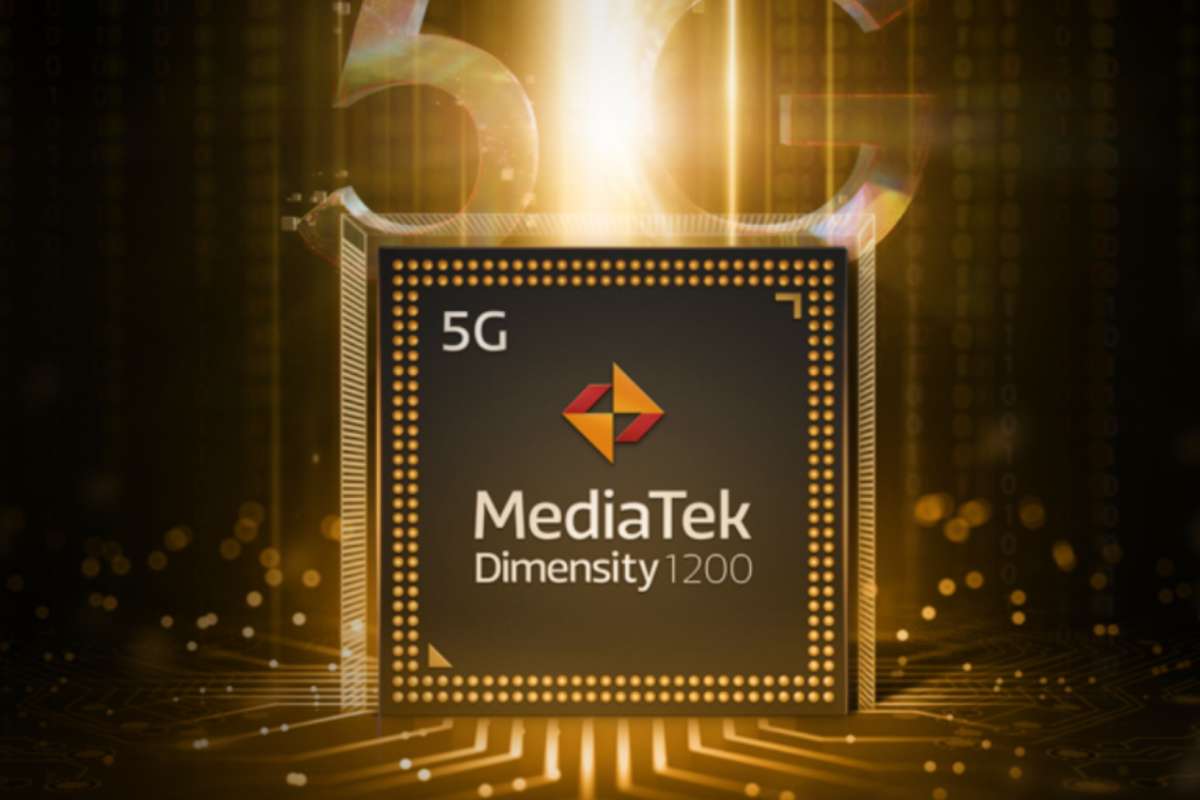
MediaTek seems to be working towards the next-generation 5G flagship chipset based on the 4nm and 3nm process. According to a MoneyUDN report, the chipset maker is said to be aiming above Qualcomm's 5nm process built chipsets. With that, MediaTek might become a key supplier of 5G SoCs for the upcoming next-gen flagship Android devices. According to the report, MediaTek is one of the first companies to place an order with TSMC for 4nm SoCs and 3nm SoCs. Just to let you know, TSMC is the world’s largest contract chipset maker and MediaTek has placed an order for 4nm chips along with 3nm based chips with the company.
MediaTek After Qualcomm to Beat It in the 5G Race
In simple words, MediaTek is one of the first customers of TSMC for the 3nm process SoCs, and Apple and Qualcomm are still yet to make their move. This suggests that the company is thinking way out of the box and aiming to achieve something which is going to fulfil the needs of all the smartphone manufacturers in the near future. Furthermore, the report also claims that the company has started to witness huge orders from various smartphone brands like Oppo, Vivo, and Xiaomi.
It has been reported that MediaTek might become the key supplier of 5G chipsets in the upcoming top-end smartphones and tablets. This is the first time MediaTek is eyeing to become a perfect contender for the flagship-grade smartphone segment. The company is trying all possible strategies to keep the pace high and even suppressing the rival chipset maker. This is a clear move from MediaTek, which says that the company is shifting towards a more advanced process and taking a step up before any other chipset maker.
Just to let you know, 4nm and 3nm SoCs are more advanced than the currently available 5nm process based chipsets. The 5G technology will be more advanced on these chips. That said, we can expect the price of the chipset to rise from USD 35 to USD 80, and this could lead to a significant price hike in smartphones. The company is yet to reveal anything about the specifications of the chipset, but we can expect more information in the coming future.















